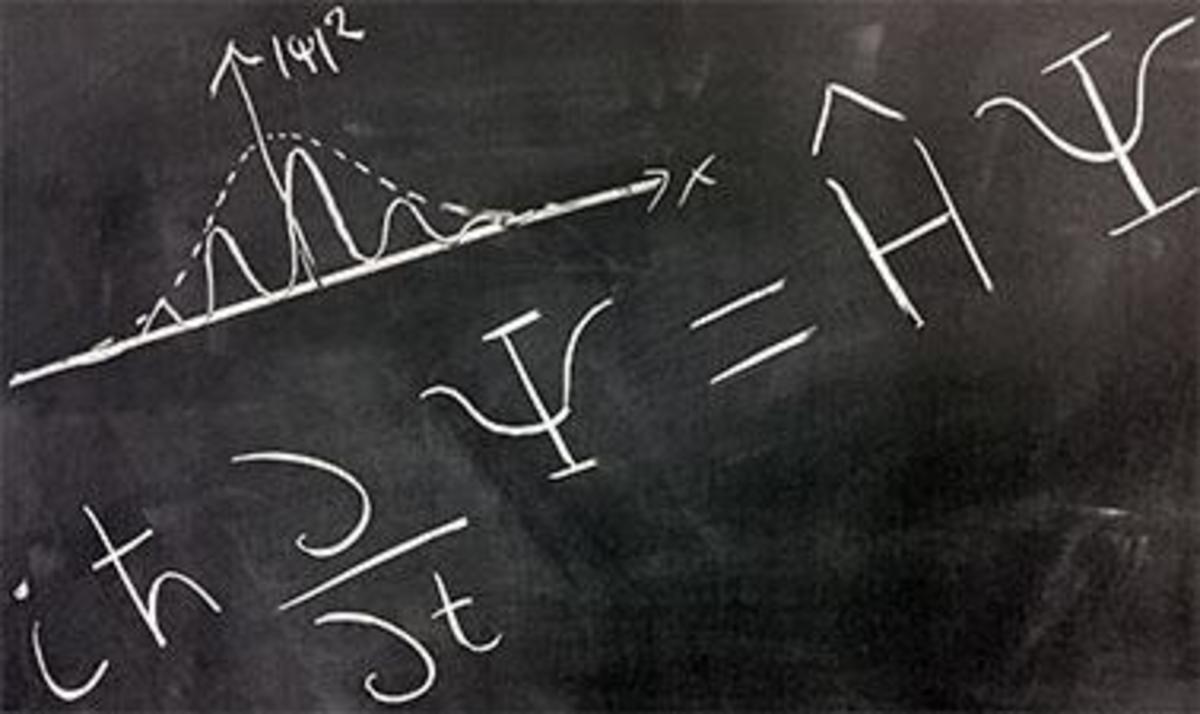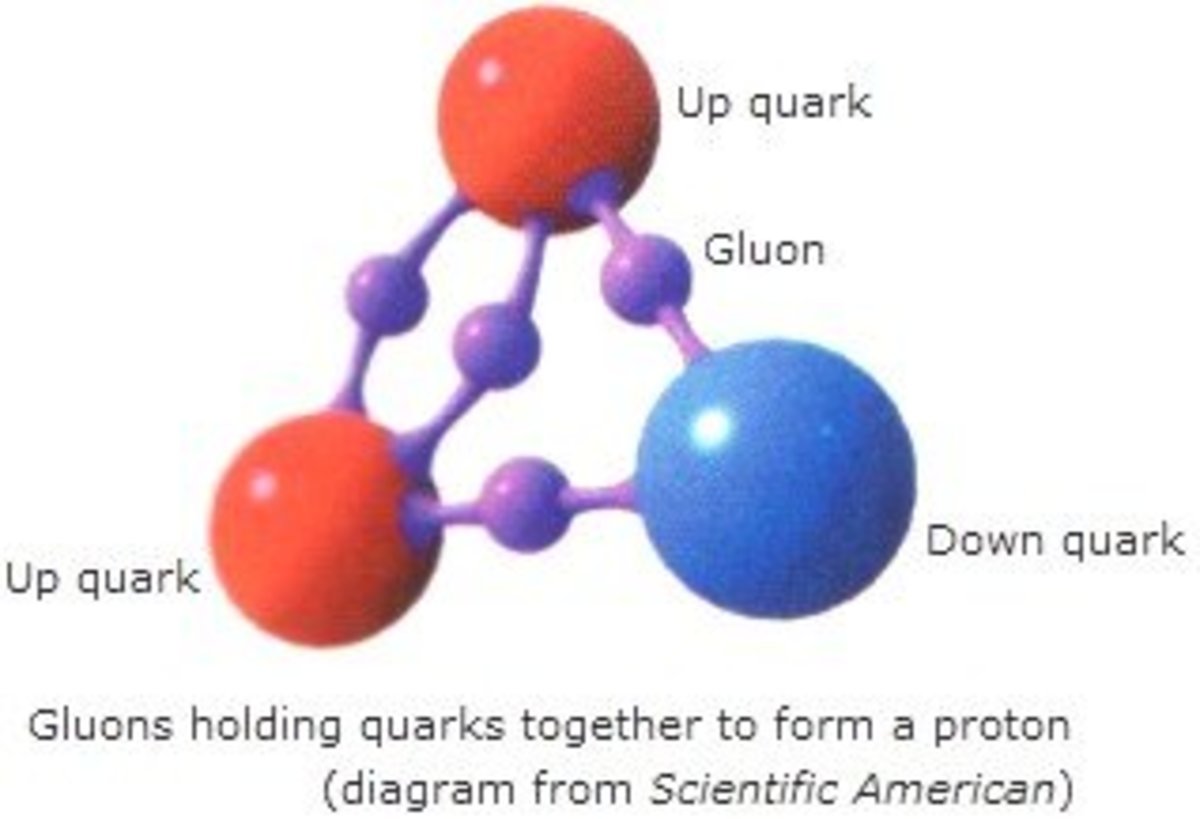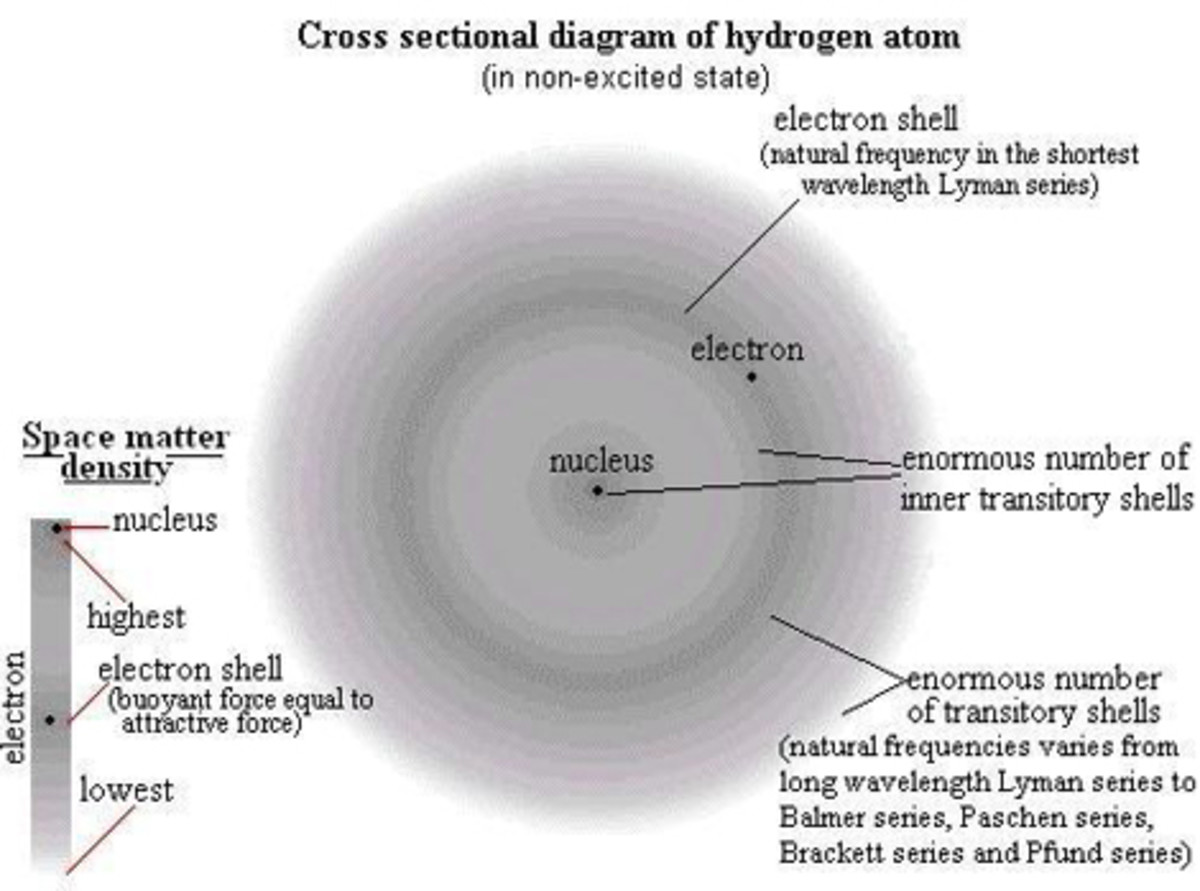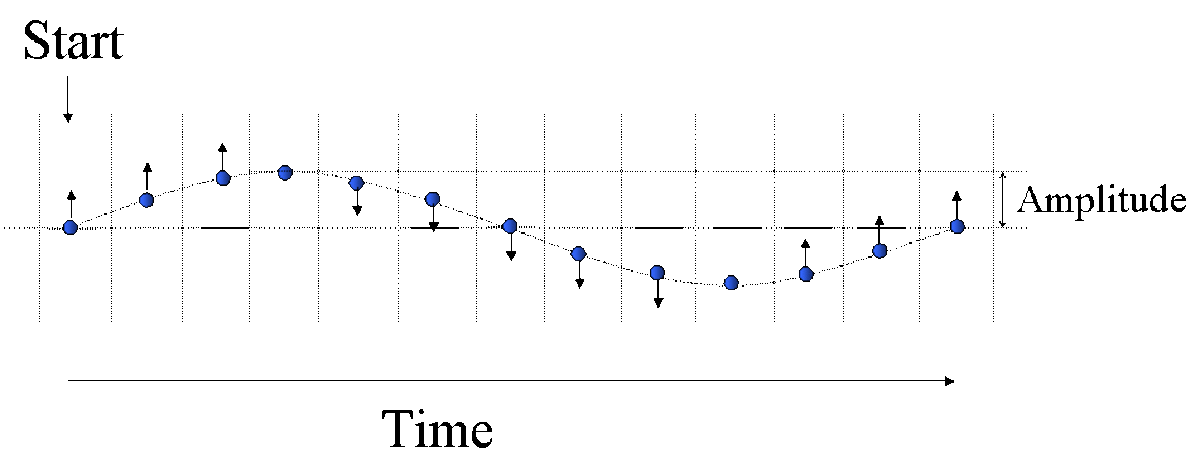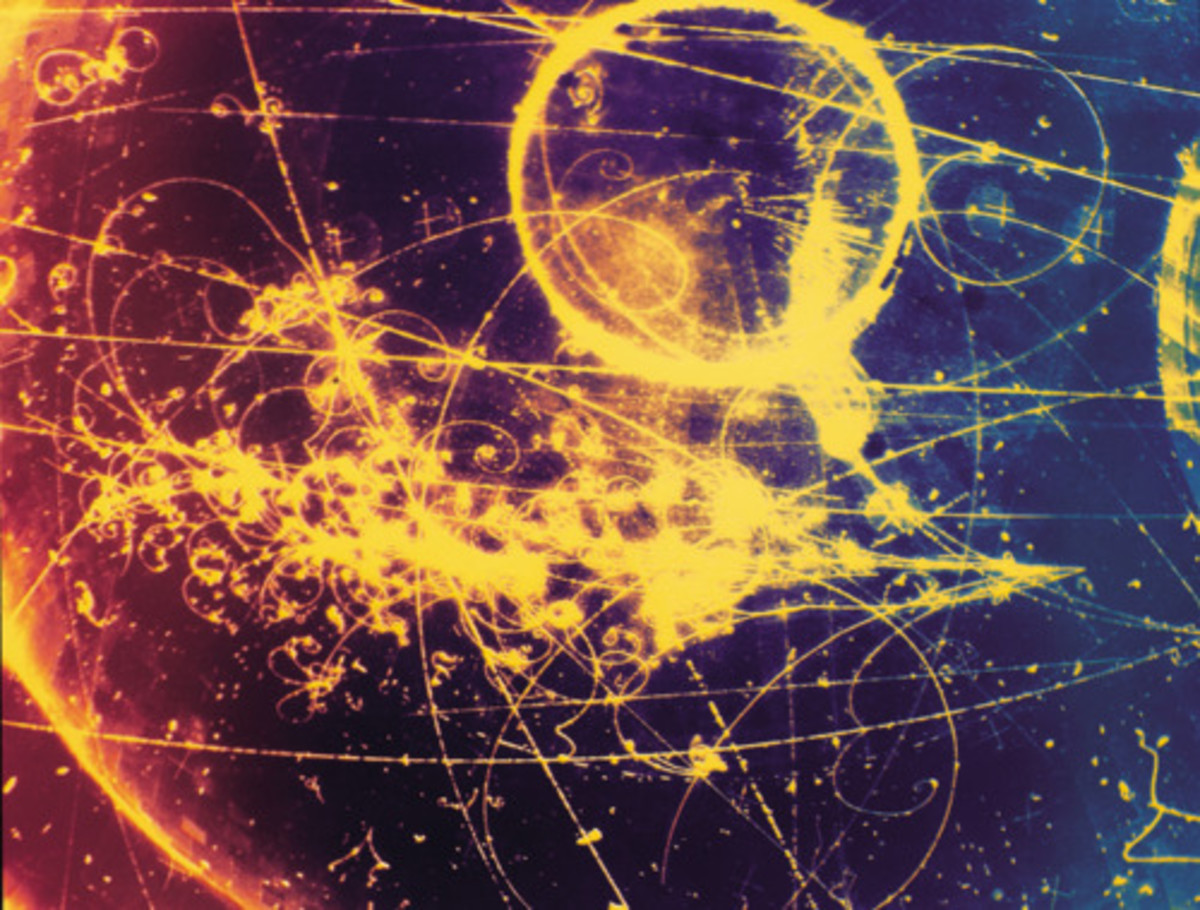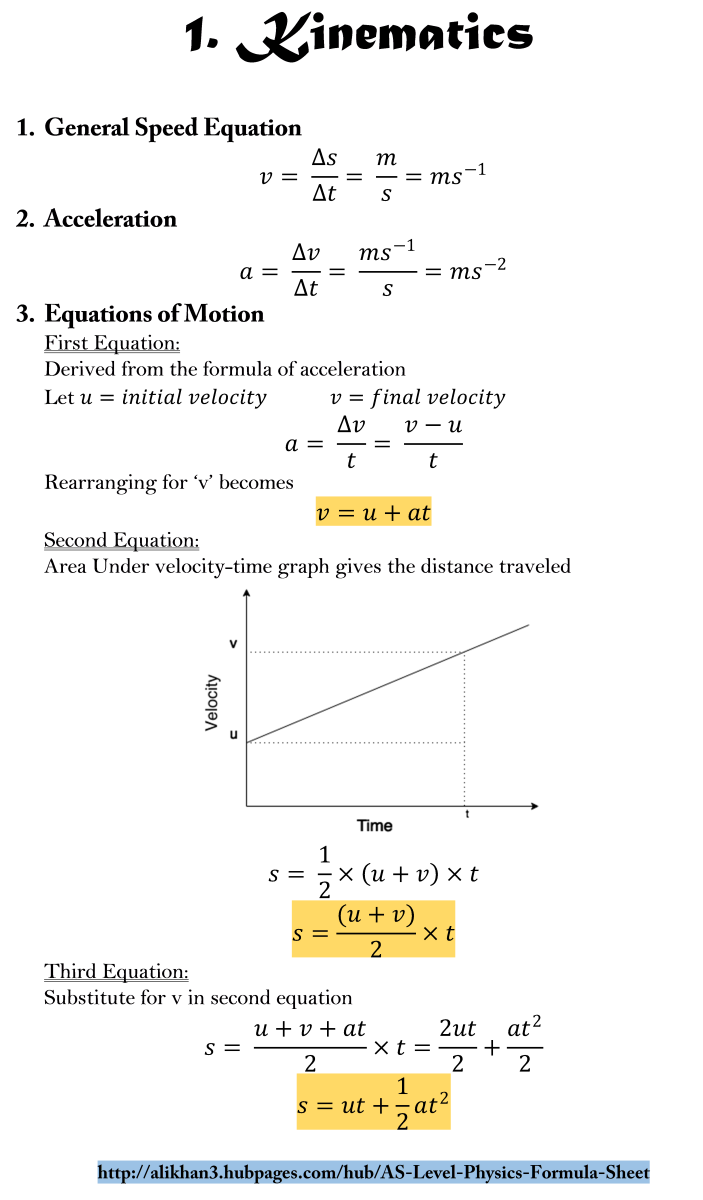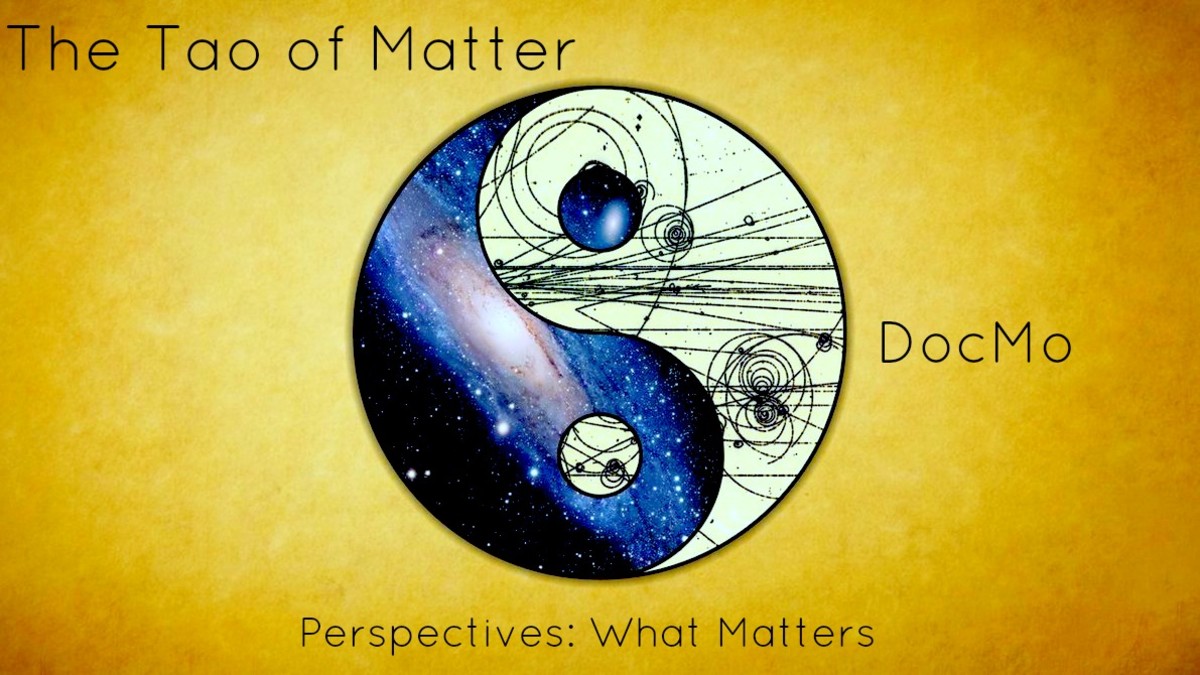Inside an Atom: 12 Fundamental Particles
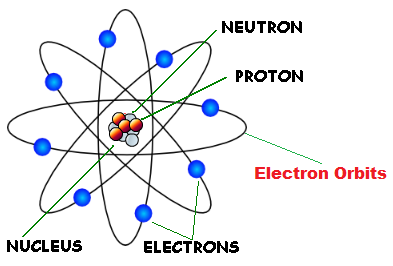
Inside an Atom
Atoms are the building blocks of matter. That’s all most people know or will ever come across. But this theory of atoms being the most basic elements of matter has long been shuddered. Rutherford and Thomson have long dismissed the atom as an indivisible particle.
With some knowledge of science you would know that atoms were actually made up of three smaller basic particles namely protons, neutrons and electrons. But in reality, scientists till now have discovered 12 Fundamental Particles that make up the matter we see around us. What is an atom?
The atom is a combination of three main particles protons, neutrons and electrons. These are smaller charged particles of +1, 0, -1 respectively. The protons and neutrons form the core of the atom called the nucleus around which the electrons revolve. Imagine the atom to be our Solar System, with the nucleus as the sun in the middle. The number of protons and electrons inside an atom is always equal, in other words what this means is that the total charge of an atom is always equal to zero.
But atoms can also be charged, and charged atoms are known as ions.
The protons and neutrons are much heavier particles when compared to electrons, and the nucleus is so tightly packed that if the atom was compared to a room, the nucleus would only be a small dot in it.
Subatomic Particles
But the discovery of science is relentless and scientists looked further inside protons, neutrons and electrons and found even more basic particles known as the 12 Fundamental Particles which are also called subatomic particles. Only the electron proved to be indivisible but two similar partners of it were discovered and each of them came with a neutrino, and together they formed a group of six subatomic particles called the ‘leptons’. Meanwhile the proton and neutron were discovered to be constructed of heavier subatomic particles which also came in a group of six and were named ‘quarks’.
12 Fundamental particles
Below is a summary of the 12 Fundamental Particles
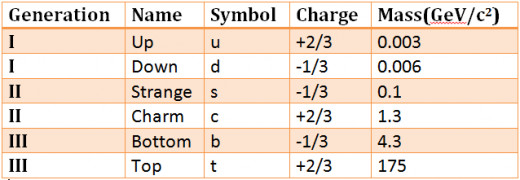
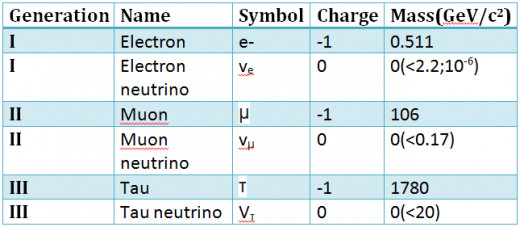
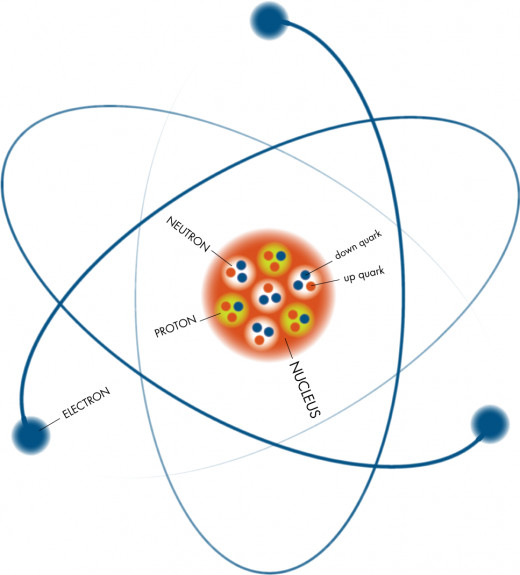
But is the universe only made up of 12 fundamental particles. Many scientists believe that there is symmetry to everything. Thus comes the theory that there are 12 antiparticle equal in mass to the subatomic particles but all other properties are opposite.
A little History: In the early parts of the 20th century only three quarks were known the up, down and strange. It was not until 1974 that the charm quark was discovered. The bottom and top quarks were discovered in experiments at Fermilab in 1977 and 1995 respectively.
Some further information:
Subatomic Particle Interaction:
Baryons: If three quarks combine together the resulting particle is known as a baryon. Protons and Neutrons are baryons.
Mesons: If a quark and anti-quark combines together then the resulting particle is known as a meson.
Hadrons: Quarks are heavier particles thus can experience strong nuclear force. Any particle that experiences strong nuclear for is called a Hadron. Hence, Baryons and Mesons are also Hadrons as they feel strong nuclear force. Leptons on the other hand do not feel strong nuclear force.

